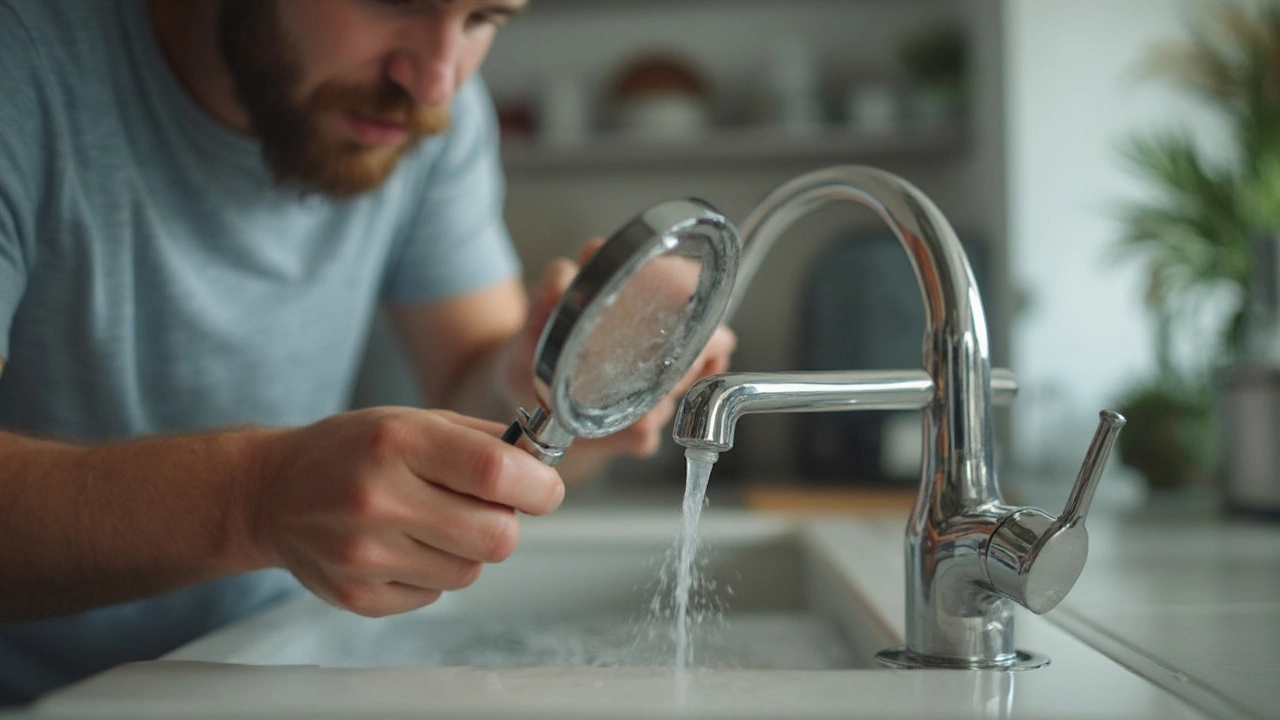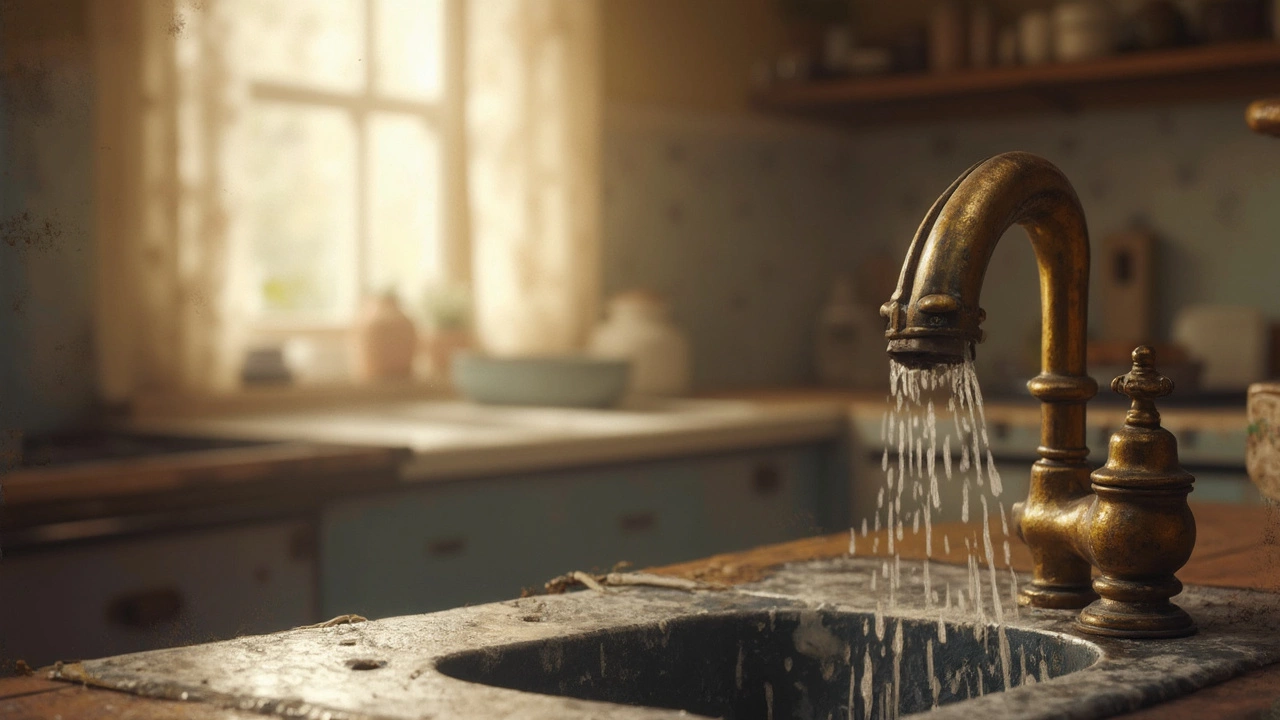Limescale Removal Tips: Fast, Easy Ways to Kill Hard Water Stains
If you’ve ever watched water droplets turn white crusty deposits, you know limescale can be a real eyesore. It shows up on taps, showerheads, kettles, and even tile grout. The good news? Most of it can be beaten with stuff you already have at home. Below are simple steps that work without pricey chemicals.
Why Limescale Shows Up and What It Does
Limescale is mostly calcium carbonate left behind when hard water evaporates. Over time it builds a rough surface that attracts more grime, making fixtures look dull and reducing water flow. In kettles it can affect taste, and on tiles it can cause scratches if you scrub too hard. Understanding that it’s just mineral buildup helps you pick the right approach.
Best DIY Solutions for Common Spots
Tap and shower fixtures: Soak a cloth in white vinegar, wrap it around the faucet, and leave for 30 minutes. Remove the cloth, give a quick scrub with an old toothbrush, then rinse. For stubborn rings, pour a little vinegar directly onto the surface and let it fizz before wiping.
Kettle and coffee maker: Fill half the vessel with water, half with white vinegar, bring to a boil, then let it sit for an hour. Rinse thoroughly with plain water a couple of times. The same trick works for iron kettles – just pour the mixture in and let it sit.
Tiles and grout: Make a paste of baking soda and water, apply to the limescale‑covered area, then spray vinegar over the paste. The fizz helps lift the deposit. After a few minutes, scrub with a soft brush and rinse.
Dishwashers and washing machines: Run an empty cycle with two cups of white vinegar on the hottest setting. Follow up with a half‑cup of baking soda on the next hot cycle to neutralize any lingering odor.
These household items are cheap, safe for most surfaces, and biodegradable – a win for your wallet and the planet.
When DIY methods fall short, professional cleaners have stronger, food‑grade acids that dissolve limescale without damaging chrome or porcelain. Dandy Fox Cleaning Services offers a limescale‑removal package that targets bathrooms, kitchens, and appliances. Their team uses specialised equipment that reaches behind faucet aerators and inside hard‑to‑reach pipe ends.
If you’re unsure whether a surface can handle vinegar, test a small hidden area first. Some natural stone like marble can etch when exposed to acid, so stick to a pH‑neutral cleaner for those spots.
Preventing future limescale is just as important as removing it. Installing a water softener or using a magnetic filter can cut mineral content dramatically. If that’s not an option, wipe down wet surfaces after each use – a quick squeegee on shower walls or a dry cloth on taps stops deposits from setting.
To keep your home looking fresh, schedule a deep clean every few months. A professional visit can tackle hidden build‑up in ceiling fans, air vents, and under sinks – places you might miss during regular chores.
So next time you spot that chalky ring, you now have a clear plan: vinegar soak, baking‑soda paste, or a call to Dandy Fox for the heavy lifting. Limescale doesn’t have to win; with these tips you’ll stay one step ahead of hard water’s stubborn streaks.

Is Limescale Fair Wear and Tear? The Real Deal for End of Tenancy Cleaning
Trying to figure out if limescale is just normal wear and tear or something you’ll get charged for after moving out? This article breaks down what landlords really expect, explains why limescale shows up everywhere, and shares tips that could save your deposit. Discover what the law says and what cleaning tricks actually work. Keep things fair when it’s time to hand back the keys. No more drama over bathroom taps.
Read More
What Does Limescale Look Like? A Guide for End of Tenancy Cleaning
Limescale is a common household problem, especially in areas with hard water. It often appears as a chalky, white residue on faucets, sinks, and appliances. This unsightly build-up can be tough to remove but understanding its appearance and formation can help in tackling it effectively. Whether you're preparing for an end of tenancy inspection or just want a fresher home, knowing how to identify and clean limescale is crucial.
Read More